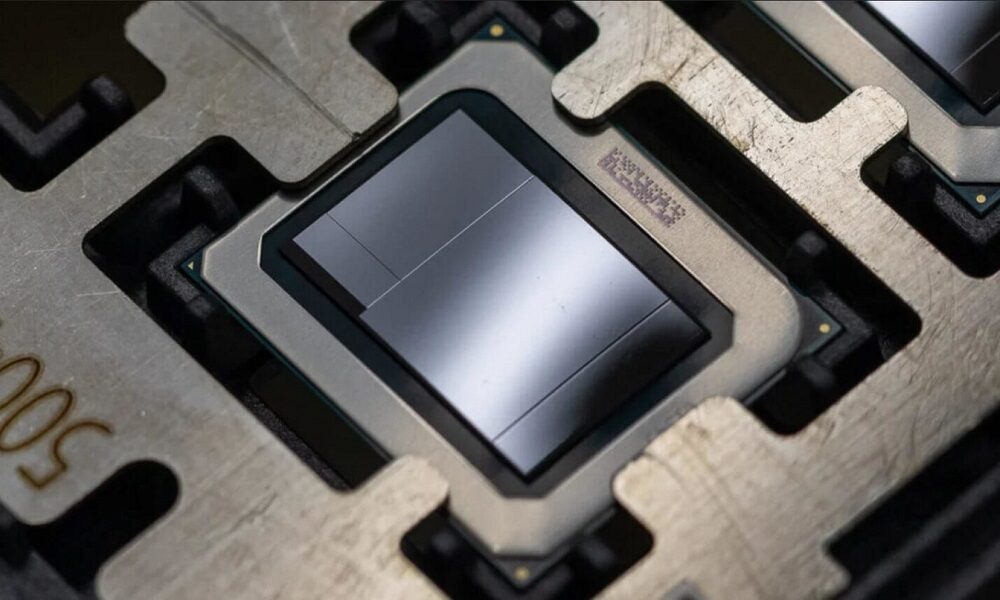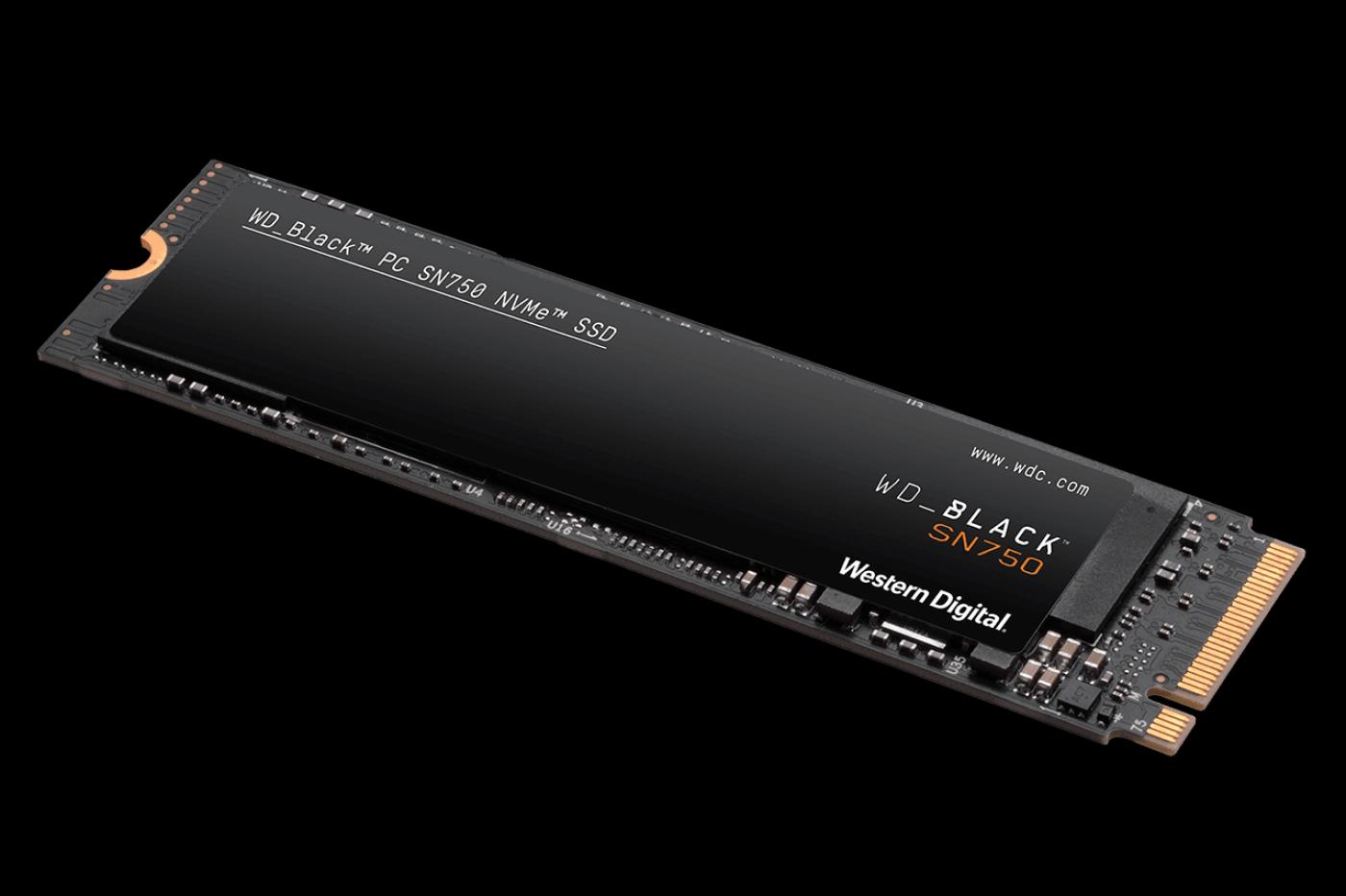
The Taiwanese giant TSMC has joined forces with the 3DFabric Alliance to embark on the development of new, more advanced architectures that allow the creation of more powerful and efficient chiplets. This move is a step in the right direction because, in the end, the chiplet has shown that it is no longer the future, but rather the present.
It is not a difficult subject to understand, in fact we only have to see how well things have gone for AMD with its commitment to the chiplet to realize its potential. It is true that when the Zen architecture debuted, many doubts arose, but with the arrival of Zen 2 these were almost completely dispelled, and Zen 3 ended up being the consecration of that idea of uniting chiplets to create increasingly powerful processors. .
With AMD heavily involved in the use of chiplets for several years now, and with Intel poised to start betting on chiplets on an ever-wider level, it is clear that its importance is increasing and that in the end they will end up being one of the key pillars within the semiconductor industry, although it will not displace monolithic core designs, but will coexist with them.
This collaboration between TSMC and the 3DFabric Alliance will have as its main objective the development of new architectures, and these will be applied both to the creation of new 2.5D chiplets and 3D models, always maintaining the values of interoperability and integration in different sectors, and in multiple industries. Innovation applied to the chiplet, a winning bet by TSMC, there is no doubt about that.
The 3DFabric Alliance will also continue to work to streamline and streamline chiplet design, development, and deploymentwhich will help ensure the flow of continuous innovations that will reach both the semiconductor industry in general and all the industries that depend on them.
Today the weight of the chips is huge, and they have a gigantic global impact due to the modernization of sectors that have traditionally never depended on semiconductors in order to function. I could give many examples, but without a doubt two of the most important are the automobile and home automation, which has made numerous household appliances smart.



